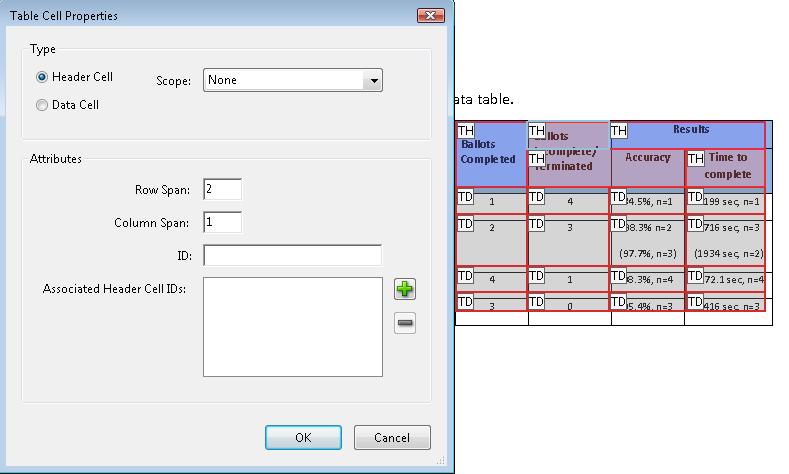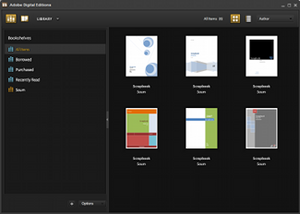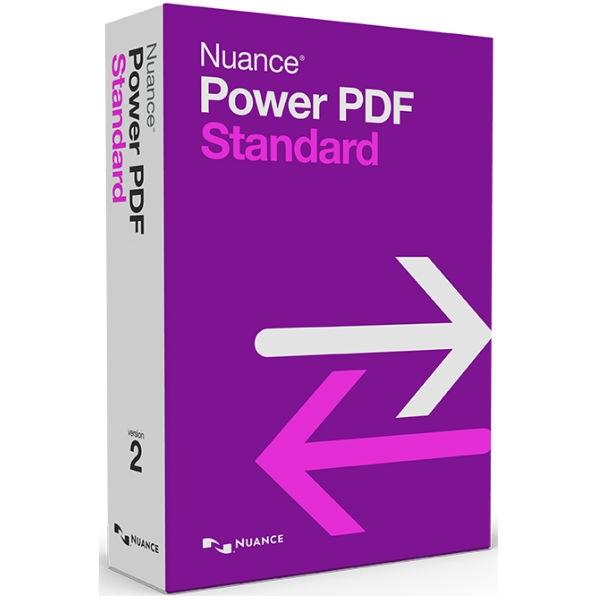Adobe is changing the world through digital experiences. We help our customers create, deliver and optimize content and applications. All together now. All together now. The new release of Adobe Creative Cloud gives you all the best creative apps and services, so you can stay more connected and creative wherever you’re inspired. At this point, assume that no real world applications generate files that use actual PDF 2.0 features that weren't already implemented as PDF 1.7 extensions over the years by Adobe. No Adobe applications or tools support direct PDF 2.0 generation although our PDF library is beginning to support aspects of PDF 2.0.
Adobe Systems created and curated the PDF Reference, the document that defines the PDF format, from 1993-2007. In July of 2008 the committee ISO created to publish the PDF specification delivered ISO 32000-1.
While there were some changes, mostly pertaining to adaption to ISO standard language, it was generally agreed that ISO 32000-1 was technically equivalent to the last Adobe edition.
About: Adobe Acrobat Reader DC software is the free global standard for reliably viewing, printing, and commenting on PDF documents. And now, it's connected to the Adobe Document Cloud − making it easier than ever to work across computers and mobile devices. You shouldn't expect any commercial generation of PDF 2.0 for a while yet and as such, current PDF clients are somewhat “safe” for the time being. As far as we know, there aren't anything other than examples of fragments of PDF 2.0 which can be found in the DIS documents. A selection of summaries of PDF 2.0 from vendors of tools for creating, manipulating, or rendering PDF files. Several of these vendors were active in the development of the PDF 2.0 standard. PDF 2.0 from PDFlib Knowledgebase (https://www.pdflib.com/pdf-knowledge-base/pdf-20/).
From that point forward, it has been the responsibility of TC 171 SC 2 Working Group 8 to develop ISO 32000-2; the first truly post Adobe PDF.
Finally, were almost there. PDF 2.0 should be finalized in the first half of 2016, and published shortly thereafter.
Pdf 2.0 Adobe Tutorial
Whats the big deal?
PDF today is already a mature, broadly supported and universally accepted electronic document format at version 1.7, just as Adobe left it in 2008. In fact, many (or even most) PDF files use even earlier PDF specifications such as 1.4 (2001) with no ill-effect. Why, then, does the world need PDF 2.0?
For those who invest in PDF technology, there are three fundamental reasons to start planning for PDF 2.0:
- Any ambiguity in the specification is a barrier to entry
- PDF 2.0s new features enable powerful new use cases in diverse areas
- Conformance with the specification reduces costs and increases opportunities for content handling and deployment
To put it simply: PDF 2.0 will make it easier for developers to create tools to manage electronic documents with more and better features at a reduced cost.
For organizations that procure PDF technology PDF 2.0 makes it easier to insist that vendors are delivering the highest-quality, most accessible and most capable PDF technology solutions available.

Yes, it took a while
The development of PDF 2.0 began in earnest in 2009 as stakeholders began to consider what mattered, and what they might want to achieve in a post-Adobe PDF. Portable Document Format technology is used in many ways, with extraordinarily diverse applications in hundreds of industries, so gathering relevant opinions from many places was key.
In keeping with the ISO development process, the working group has systematically addressed every issue raised by members, from strategic questions to questionable text formatting, through a series of biannual meetings. Most issues are resolved by consensus, some after more or less wrangling over words. A few issues must go to a vote, where (as is normal) some win and other lose. Everyone on the committee gets the same vote.
The committee has processed at least 5,000 comments since 2008, including complete reorganization of several major clauses; about 15% of the 979 page document.

So whats coming in PDF 2.0? With the caveat that the standard is almost, but not 100% complete, we can reliably foresee the major areas of change.
The biggest change: clean and clear
PDF is complex, and extremely flexible at a very low level. Most of the work thats gone into the document is to clarify and correct the existing text. PDF 2.0 resolves many longstanding ambiguities, updates to external references and generally provides a tighter set of rules to enhance and ease interoperability.
As a result, all those who read it and express their view say the same thing: the text of PDF 2.0 is significantly clearer and more consistent in terms of describing the various features, requirements and considerations in PDF technology. Once PDF 2.0 is published its reasonable to predict an immediate benefit in terms of training developers to write PDF software, add support for PDF features, and more.
Conformance of the file, not of the processor
The PDF 1.7 idea of a 'conforming writer' or 'conforming reader' is replaced, in general with file-format requirements where possible. PDF 2.0 is careful to allow maximum scope to PDF processors in general, but in general, expresses its requirements in terms of valid relationships within the PDF rather than in terms of any given actions of a processor.
This makes PDF more technically neutral, and helps ensure that requirements, even if complex, are all 'out in the open' and not tucked away inside Adobe's implementations.
In Detail
Adobe Photoshop 2.0
There are far too many changes to list here, but we can mention the highlights:
New features introduced in PDF 2.0

- Unencrypted wrapper document
- Numerous enhancements for print and rendering-related features
- New annotation types to support projections, rich media, 3D annotations
- Geospatial features
- Navigators, to support graphical representation of embedded files
- Major enhancements to digital signature technology
- Associated files (introduced with PDF/A-3)
- Enhanced encryption
- Pronunciation hints
- Tagged PDF has several new standard structure elements and attributes
Reorganization of existing features
In addition, large sections of the specification have been completely rewritten and reorganized, including:

- 10.1 10.3, Rendering
- 11, Transparency
- 12.8, Digital Signatures
- 14.3, Metadata
- 14.8, Tagged PDF
- 14.9, Accessibility support
See a PDF Association presentation introducing PDF 2.0 recorded in 2013.

Learn more about PDF 2.0 at the PDF Technical Conference 2015
This coming October the PDF Associations PDF Technical Conference 2015 will explore the galaxy of PDF functionality, including the new features and significance of PDF 2.0. Join us, October 19-20, in San Jose.
